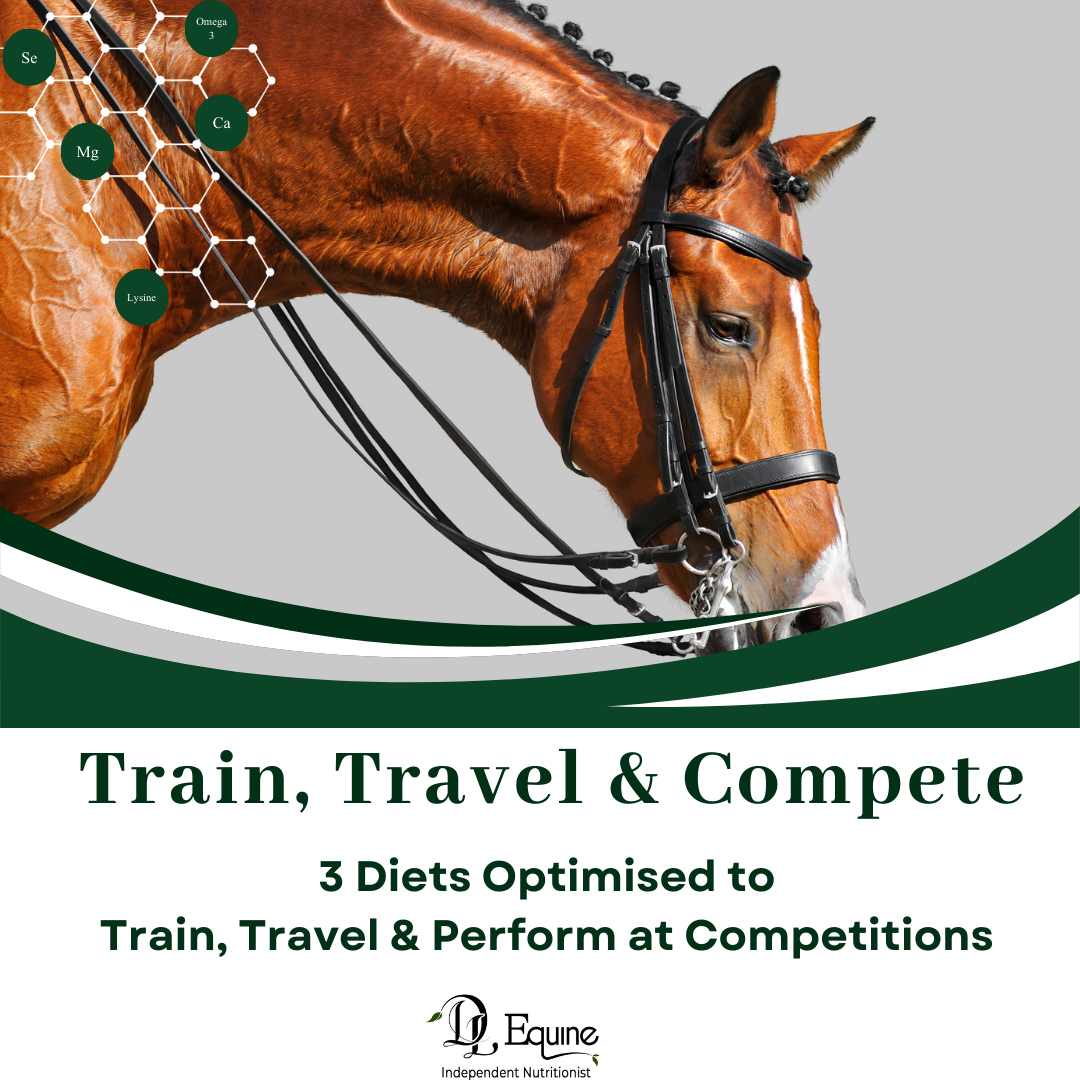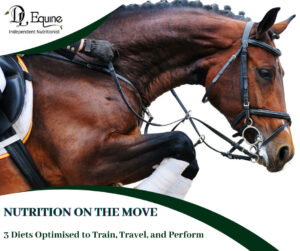Let’s talk about Toxin Binders:
Nearly every day on some form of media you can read about horses being “grass affected” and the need for horse owners to calm their horse’s behaviour by feeding a Mycotoxin binder. However, there is a lot of misleading information out there.
Do you really know what a toxin binder horse product does? Do you understand what is in these products? Do you know what your pasture species are that your horse is grazing on?
Let me start by explaining that yes, many horses get benefit from the feeding of a toxin binder! However equally many people are feeding this type of product without knowledge of why it can work or again why it may not be working at all!
In NZ especially, we all hear the terms such as ‘grass affected’, ‘grass staggers’, mycotoxins and binders. Many of these terms get mixed up or used in the wrong situation completely.
Let’s break it down:
What is a ‘grass affected’ horse?
This could mean a horse has ingested a mycotoxin from the grass it has eaten or alternatively it could mean that horse has gone a bit silly in its behaviour due to too much spring grass, too much sugar, too much energy and not enough work. Be careful in how you diagnose your own horse and its health.
Don’t feed what you don’t need to; be that an additive or the amount of grass you give!
What is ‘Grass staggers’?
This is a health issue in horses that have ingested a toxin causing a neurological reaction called staggers. This is behaviour such as shying, and literally staggering around not walking properly. (This is often confused with health problem ‘grass tetany’ or magnesium deficiency staggers).
There may be weight loss or reduced growth rates, diarrhoea, excitable, unpredictable, irritable or uncharacteristic behaviour such as over-reaction to common stimulus they would normally be OK with, muscle twitching or twitching of the face, lips and eyelids and loss of coordination, especially in the hind end, and staggering etc.
What are Mycotoxins?
These are chemical compounds produced by actively growing molds (fungi). The most well-known toxin that affects New Zealand pasture fed horses is lolitrem B.
It is found in rye grass that has been endophyte protected (to prevent a weevil from destroying the grass). It is mainly found in dairy pasture and horses are vulnerable when they are grazed on these paddocks when the grass is short.
The fungi is found at the base. This is often seen in the Autumn but can be at other times of the year.
What is a Mycotoxin Binder?
Mycotoxin binders or adsorbents are substances that bind to mycotoxins and prevent them from being absorbed through the gut and into the blood circulation.
Toxin binders come in two basic formats,
- either an adsorbing agent
- or a bio-transforming agent.
Adsorbing types of binders are basically two types: a series of aluminosilicates, bentonite, montmorillonites and zeolite, all basically mineral clay structures and then there are the yeast type – mannon protein/carbohydrate (glucan) of binder.
The adsorbing types cover a larger spectrum than the biotransformers and therefore they are the ones most commonly available. The main mycotoxins are aflatoxins and fusariums. (also found in mouldy hay or grain).
What is important to know is that neither totally capture all toxins. Research has shown that Aflatoxin for example is a polar mycotoxin and is very easily ‘picked up’ by a yeast derived glucomannan based binder.
However pasture based mycotoxins such as lolitrem B are NOT picked up by yeast based binders at all.
There may be other issues at work as well…One problem is that not all clays bind all toxins equally. They can vary widely in how well, or poorly, they bind specific fungal toxins depending on even small variations in their content of the component minerals such as the aluminosilicates.
Another problem is that some of the products that bind aflatoxins very well under acidic conditions, such as occur in the center of a mass of moulding grain, but when the get into the animal and hit the higher pH either of the rumen or the distal intestine and large bowel of a horse, they actually then release the toxin so what they have ended up being is a very efficient delivery system!
So what do you do?
Be sure of the difference between overactive behaviour from too much high sugar grass and actual mycotoxin ingestion.
Get to know your pasture well, do you actually have ryegrass?
If the answer is yes, I have a lot of ryegrass then the best answer is to remove the horse from this type of pasture and also feed the right type of toxin binder prior to and during the high-risk time to reduce the response.
Happy Feeding
Dale






